Published in the Sunday Gujarat Samachar on 07 April, 2024
When I reflect on the early 2000s and my perception of Australia, two distinct memories come to mind:
First, the thrill of waking up early to catch the live telecast of the iconic Boxing Day cricket test match, a ritual that was almost sacred for many cricket enthusiasts, including me. These matches weren't just sporting events, they were cultural touchstones that connected Australia and India over a shared love for the game.
Second is Saif Ali Khan and Preity Zinta bringing Melbourne and the Great Ocean Road to life in "Salaam Namaste"? That 2005 hit wasn't just a movie; it was a cinematic experience that turned Australia into a dreamy, story-filled landscape that captivated Indian audiences. Bollywood's knack for storytelling, combined with Australia's stunning landscapes, deeply influenced how Indians saw and experienced this captivating country.
Back then, Australia was often thought of as a remote, almost mystical destination. For many Indian travellers, a journey to Australia, frequently coupled with New Zealand, often regarded as a once-and-done trip. This perception led to planning extensive trips, often exceeding 15 days. There was an underlying sentiment that one might not need to revisit the Australian shores again. It was a time when the distance felt not just in kilometres or hours but in the rarity and grandeur of the experience. Ask anyone who visited Australia in the 2000s, and you'll be met with tales of excitement and awe. It's no surprise, really. Australia's charm is undeniable.
But fast forward to today, Australia has undergone a massive transformation in perception for all of us. For the Indian traveller, it’s no longer only about iconic landmarks like the Sydney Opera House or the Great Ocean Road drive from Melbourne. It is no longer about ticking off a bucket list item. Rather it is now about immersing oneself in the rich culture and diverse experiences that Australia offers, about repeated visits, each uncovering a new layer of this diverse country. Today, a trip to Australia is often talked about in the same breath as other multi-visit destinations like Switzerland, Japan, Dubai-Abu Dhabi, and Singapore.
Over the last 10 years, I have been to Australia more than 8 times. The theme for every trip has been different often covering experiences related to food, wine, adventure, beaches and coffee culture. The number of Indian tourists visiting Australia has been on a steady rise, not just in numbers but also in the nature of traveller visits. Even at Veena World, we have seen a steady increase in the number of enquiries flowing in at our offices all through India. These enquiries are not limited to the summer holidays alone, but more so for travel through the year. What do you think has fuelled this change? Why has Australia suddenly become top-of-mind for all of us? I think there are a few reasons for this.
One of the biggest things that got the ball rolling was Masterchef Australia. This one reality show, which first aired in 2009 fuelled the Australian fascination. It brought the three judges: Matt Preston, George Calombaris and Gary Mehigan into Indian living rooms, making them a part of the daily conversation. More significantly, the local culinary delights on showcase accompanied by the picturesque settings of stunning Australian landscapes, sparked an interest and increased curiosity about Australia in the minds of the Indian audience.
On the other side is the key role played by, both, the Government of Australia and Tourism Australia who have put a lot of effort in the last 15 years to streamline visa processes for Indian travellers. The introduction of electronic visas and more user-friendly application methods has reduced the hassle and uncertainty that often accompanies international travel planning and visa applications, a move that resonates well with potential travellers. The game-changer, though, is the provision for multi-entry, multi-year tourist visas for Indians in many instances. Indian tourists today plan multiple trips to Australia over a span of years without the need for repeated applications. This has allowed Indian travellers a level of flexibility and convenience that was previously unavailable. This flexibility is particularly appealing for those wishing to simply indulge in leisure travel across the diverse Australian landscape.
This ease of repeated access encourages tourists to consider more extensive and varied itineraries, exploring beyond the typical tourist hotspots. The long-term visa not only caters to the immediate travel plan but also sows the seeds for future visits. This aspect has significantly contributed to the rise in the number of Indian tourists choosing Australia as their destination. It reflects a growing trend of viewing Australia not just as a one-time vacation spot, but as a recurring destination for exploration, adventure, and cultural exchange.
Speaking of flight connectivity, direct flights have made Australia a more accessible destination for Indians. The recent launch of Air India's direct service thrice a week from Mumbai to Melbourne is a notable milestone in this development. By the time this article is published, Heta and I will be on this very flight direct to Melbourne’s Tullamarine Airport from Mumbai. This new route complements existing direct flights from major Indian cities like Delhi and Bengaluru, greatly easing the journey for Indian travellers. Moreover, increased seat capacity due to these direct flights has a beneficial ripple effect on airfares. With more seats available, airlines can offer more competitive pricing, making travel to Australia more affordable for a broader segment of the Indian population. Affordable fares open the door for more travellers, who previously may have considered Australia out of their financial reach. This progress in connectivity reflects a growing recognition of the importance of the Indian tourist market and is a testament to the strengthening relationship between India and Australia.
When I think about what you see in Australia, while the Great Ocean Road and the Sydney Opera House continue to be timeless draws, there's a growing curiosity for the less-explored, yet equally captivating parts of Australia. One such emerging highlight is the Sydney Cricket Ground (SCG), now garnering more attention from cricket enthusiasts, especially since the inauguration of the Sachin Tendulkar gate. This tribute to Sachin has added a sentimental value to the SCG, transforming it into a pilgrimage site for Indian cricket fans.
Perth is coming into the spotlight as a new focal point for Indian tourists. Traditionally overlooked in favour of more famous eastern cities, Perth is now known for its unique blend of urban sophistication and natural beauty. For cricket fans, the top draw here is the legendary WACA stadium. There are also its pristine beaches, sprawling parks, and a vibrant cultural scene that are captivating Indian tourists. The city's relative proximity to India compared to other Australian cities also makes it an appealing entry point for exploring the vast country. And speaking of its proximity to India, Perth is the only major Australian city where you can be on a beach and swim in the waters of the Indian Ocean.
The Great Barrier Reef, renowned as the world's largest coral reef system, has long been a major attraction for visitors to Australia. Its sheer magnitude, boasting around 400 varieties of coral, 1,500 species of fish, and 4,000 types of molluscs, makes it an underwater marvel. However, while the Great Barrier Reef continues to draw global attention, the focus of many travelers has shifted to another spectacular part of Queensland - the Whitsunday Islands. The Whitsunday Islands, a stunning archipelago located in the heart of the Great Barrier Reef, offers a unique blend of serene beauty and adventure. Among these islands, Hamilton Island stands out as a particularly captivating destination. Hamilton Island's popularity has surged due to its accessibility and the variety of experiences it offers.
Finally, I have seen a growing curiosity about Australia's indigenous culture and unique wildlife too, with increasing interest in experiences like spotting kangaroos in the wild, swimming with seals and sea turtles, and hot air ballooning in the Australia Outback. Growing interest in these has definitely flipped the scales for Australia as a tourist attraction.
Together, all of these reasons have cumulatively transformed Australia into a multi-visit destination for the Indian traveller. Like I mentioned earlier, I have been to the land Down Under 8 times and by the time this piece is published, I will be on my flight to Australia where this time, it’s only a 7 day trip. We plan to explore the newer areas of Melbourne and witness the Australian Open for the first time ever. So my travel score for Australia will soon hit 9. When are you opening your account and getting off the mark!?








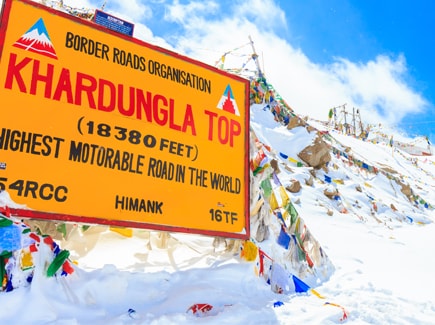
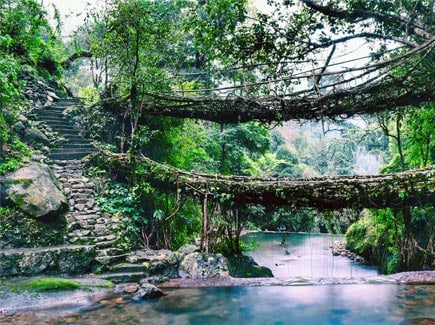
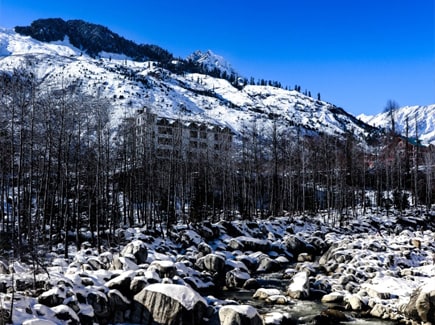



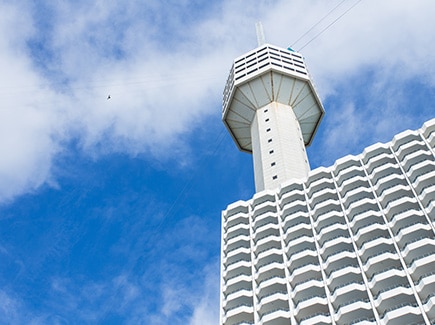

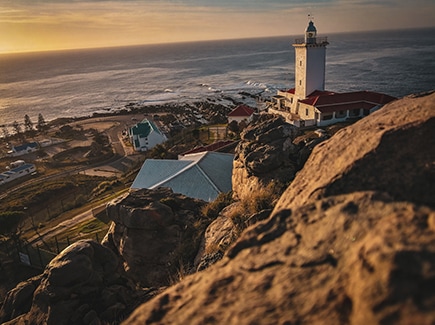


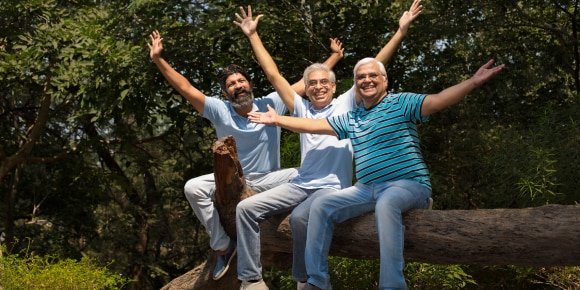

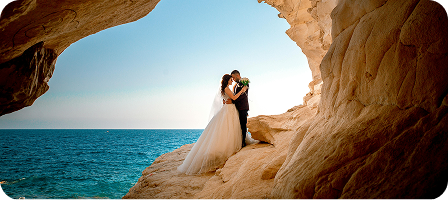









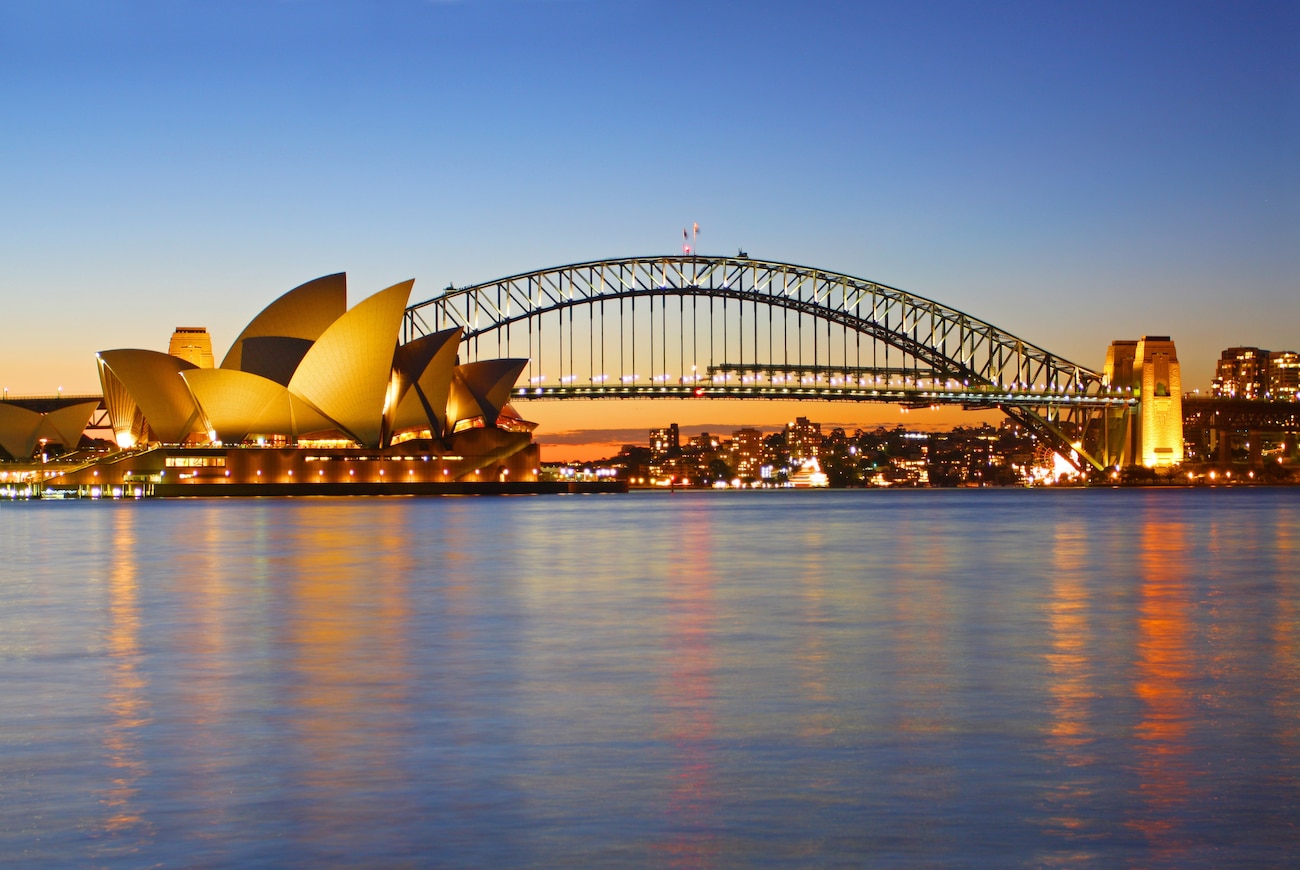
























Post your Comment
Please let us know your thoughts on this story by leaving a comment.